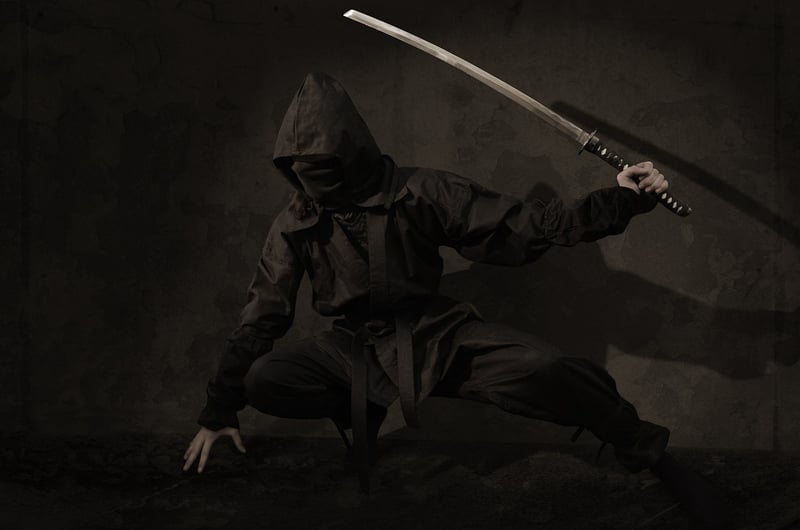Legendary Ninja Clans
The Legendary Ninja Clans: A Historical Exploration
When one thinks of ninjas, images of stealth, agility, and mystery often come to mind. These legendary figures have captured the imagination of people around the world for centuries. Let's delve into the rich history of ninjas and explore some of the most renowned ninja clans that have left a lasting legacy.
The History of Ninjas
Ninjas, also known as shinobi, were covert agents and mercenaries in feudal Japan. Emerging in the 15th century, ninjas were skilled in espionage, sabotage, guerrilla warfare, and assassination. They operated in the shadows, using their unique abilities to achieve their objectives.
Legendary Ninja Clans
1. Iga Clan
The Iga Clan, hailing from the region of Iga in modern-day Mie Prefecture, was one of the most famous ninja clans in Japan. Known for their mastery of ninjutsu, the Iga ninjas were highly skilled in stealth, disguise, and unconventional warfare.

2. Koga Clan
The Koga Clan, situated in the Koka region of present-day Shiga Prefecture, was another prominent ninja clan. Renowned for their expertise in unconventional warfare tactics, the Koga ninjas were feared for their deadly precision and effectiveness in carrying out missions.

3. Fuma Clan
The Fuma Clan, based in the Sagami Province, was known for their exceptional skills in espionage and deception. The Fuma ninjas were adept at using disguises and trickery to outwit their enemies, earning a fearsome reputation in the ninja world.

Legacy of the Ninja Clans
The legacy of these legendary ninja clans continues to fascinate and inspire people to this day. Their stories of bravery, skill, and cunning have become an integral part of Japanese folklore and popular culture, immortalizing the ninja as enduring symbols of mystery and intrigue.
Whether through historical accounts, folklore, or modern media interpretations, the legacy of the ninja clans lives on, captivating audiences with tales of espionage, combat prowess, and the indomitable spirit of the shinobi.
